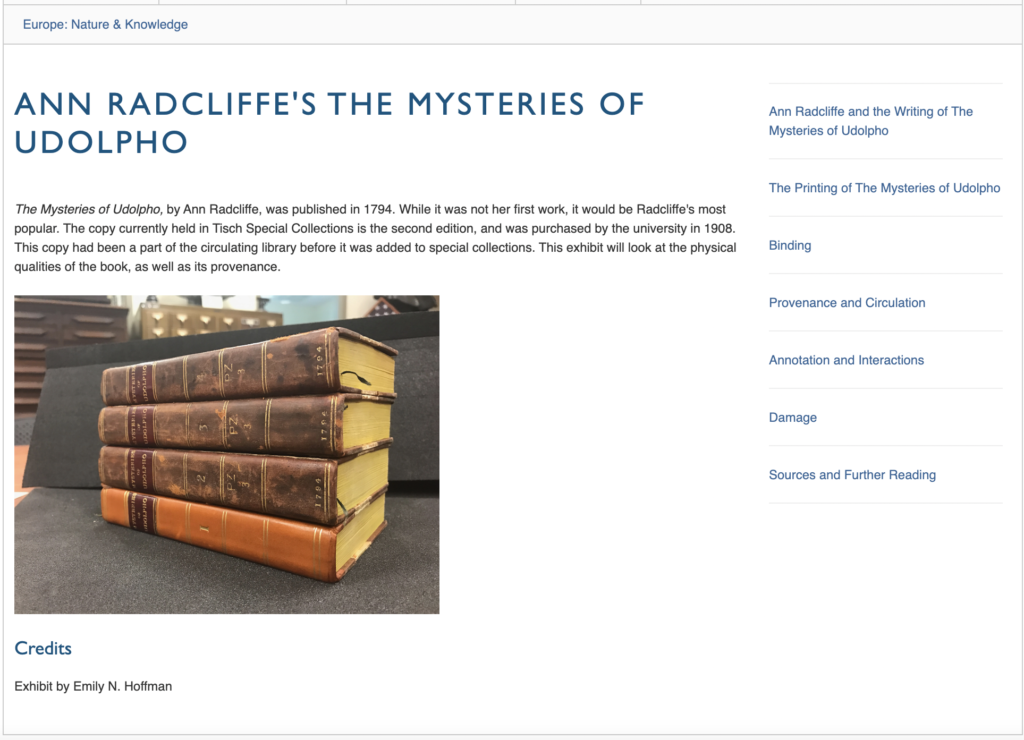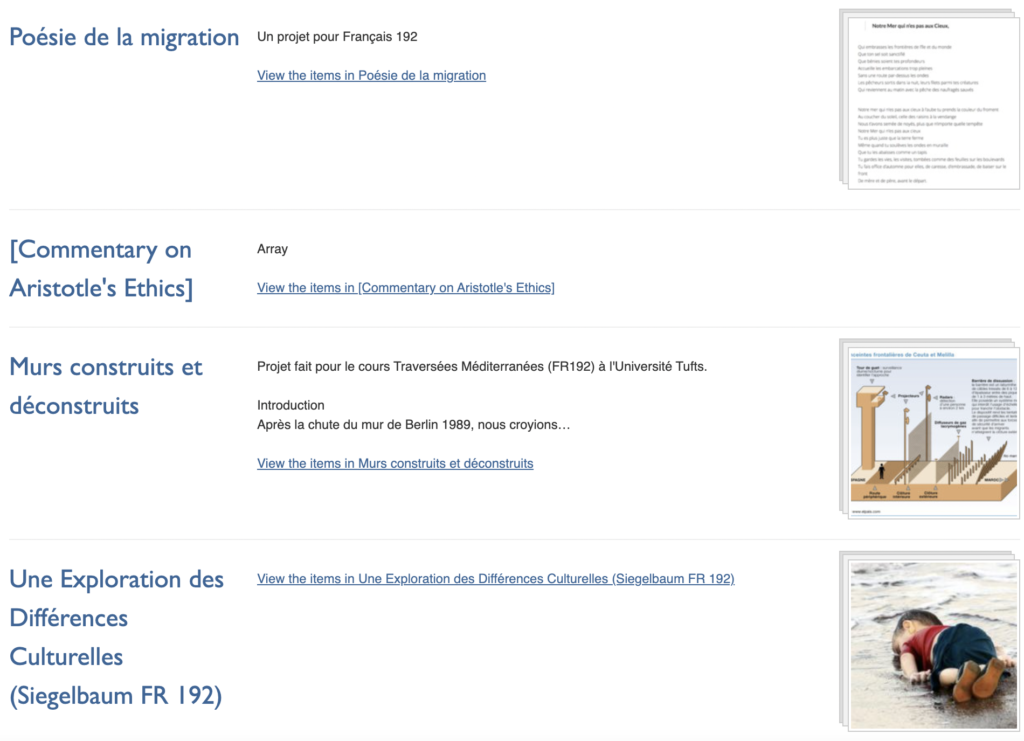Welcome back! In this post I will be exploring two mapping projects from the anterotesis website and investigating various aspects of them. The two mapping projects that I will be looking at are Mapping Gothic France and the Mapping Decline project. Mapping Gothic France tracks gothic architecture in France and surrounding countries in the twelfth and thirteenth centuries and the Mapping Decline map tracks the urban decline in St. Louis between 1940 and 2010.
Mapping Gothic France:
This map is still working and is more user friendly than many other maps on the list. This is because there is a section on the side of the map with all of the locations that are noted on the map to be able to easily track them.

The biggest issue with this map is that when zooming in the map can sometimes disappear and only the points on the map are left, which isn’t helpful when tracking where these landmarks are located.

When selecting individual structures from the list on the side you are taken to a page that gives you the layout and architectural plans of the building along with pictures. At the very bottom there are details about the building such as historical context, and information about the structure’s engineering.


Overall, this project uses mapping well and integrates it in a logical and useful way. This information could be especially useful for someone doing research on gothic architecture or a specific gothic structure.
Mapping Decline:
This project tracks various population factors in St. Louis from 1940 to 2010. These factors are white flight, race and property, municipal zoning, and urban renewal. For each of these factors there is an individual map with either a slider or tabs at the bottom of the map to guide you from one dataset to the next.

On each page there is a popup with information about that individual map and what the data means.

The map above shows the race and property lines in 1937. This map is able to layer with others at the bottom to best convey a narrative.
Overall this map is useable and still provides useful information. The maps within this project are not interactive so they are easier to navigate even though they were created a while ago. This map has a clear narrative and the data that it provides is still useful. The only issue that could arise with this map is that the data stops at 2010 and having more recent information could make it even more useful.















































